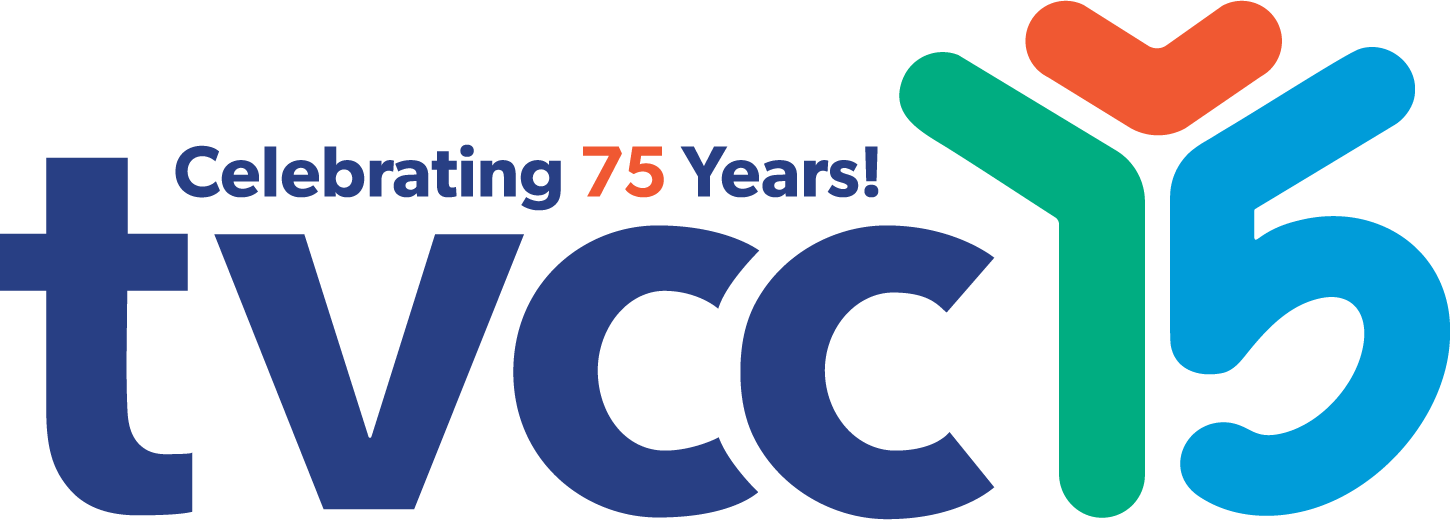“The language children develop is based on the community in which they live and the exposure to communication interactions” – Caroline Musselwhite
Communication Partners are any individuals that interact with a child who is communicating, whether verbally or with a device. By setting up and participating in communication interactions, communication partners help children continue to expand their language, while also using their communication devices more functionally and independently.
Communication Partners that help a child expand their language:
FOLLOW THEIR LEAD - Watch your child and you will become more aware of how and why they communicate, and what they are already doing to communicate. Be aware of your child’s interests and communicate with them while engaged in preferred activities
ENGAGE YOUR CHILD WITH PREFERENCES – Your child is going to learn the best when we are talking about things they are interested in. Interpret what your child wants to say, or guess what your child would want to say about their interests and provide them with some simple language.
INTRUDE – Some children are reluctant to interact with others. Instead of waiting for them to interact with you, join in with what they are doing, even if he or she doesn’t welcome you at first. Imitate their actions or sounds and “talk out loud” about the things they are doing.
LABEL – Label the words your child is showing interest in, using their device. Talk out loud what you think your child wants to say or could say in a situation. Use as many words as they are capable of using (or a few more).
MODEL YOUR Words – Use your child’s device to respond to what your child does, to share what you are thinking, or to “talk out loud” about your own actions.
WAIT – Provide an opportunity for communicative interaction. Pause expectantly (looking towards them and their device) and wait up to 15 seconds to cue your child to take their turn.
TAKE TURNS - Use verbal and non-verbal cues to help your child know to take their turn. These include facial expressions and body language (raising your eyes, leaning in), visual prompts, communication temptations, hand-over-hand help, modeling an appropriate answer, asking questions and giving verbalizations. Be sure to adjust the length, pace, and topic of the turn to match your child.
ADJUST INTERACTION PACE – If your child needs time to respond to a question, be sure to wait longer and give information slowly. If they’re quick, respond more quickly.
PROVIDE CHOICES – Your child may need options shown to them of what they can say. Once they make that choice, there are more ‘choices’ that you can model, such as vocabulary related to continuing the activity (‘more’, ‘all done’), descriptors (big, small, fast, slow), and action words (go, stop, jump, etc.).
CREATE COMMUNICATION TEMPTATIONS – Set up opportunities that will encourage your child to communicate more often, using their device to take a turn. This may require you to set up your environment differently (i.e. withhold items), provide new elements (use silly language, or provide incorrect items), sabotage the activity, or not completing the routine in a familiar way.
USE ROUTINES – Set up opportunities in daily routines (bath, getting dressed meals), people games (‘Up’), and special routines by providing a structure that can allow your child to predict what comes next, and what they can do or say. Remember to repeat what you say and do, offer opportunities for your child to participate, wait, cue them to take a turn, keep it fun.
ASK GOOD QUESTIONS – Introduce ‘wh-questions’ (who, what, where) and choice-based questions to help your child expand what they can say. Ask questions that are at your child’s level and interest, making sure there is enough time for them to answer. Don’t ask questions that test their knowledge or answer themselves.
REPEAT + 1 – Increase the length of the message and the reason for communicating by providing options that can go with the word being used or modeled, by picking words that are
motivating for your child (i.e. juice -> ‘want juice’, ‘big juice’, ‘apple juice’, ‘like juice’).
ADD IN GRAMMAR – Confirm and repeat your child’s message adding the small words, grammatical markers or correction of word order to promote language development (i.e. 2 cookie -> 2 cookie + s (2 cookies)
PROVIDE FEEDBACK TO CONFIRM MESSAGE – Always respond to your child’s use of symbols
- Immediately – as soon as they produce the word
- Contingently – respond to what they said, not the ‘act’ of saying it
- Regardless – validate what they say even if unavailable or inappropriate response (e.g., “I know you want to go to the store. Let’s go tomorrow.”)
PROMPT APPROPRIATELY – Use the least to most prompting hierarchy unless teaching a new skill for the first couple of times. Use verbal prompts sparingly.
PRESUME COMPETENCE – Create great expectations! Respond to your child as the intelligent, capable and competent child that they are, providing access to vocabulary that is as large, or larger, than what a typical child their age would have.
INTERACT FUNCTIONALLY – Interact in an interactive, non-testing way, focusing on the communication back and forth, not on the child’s response alone.
MAKE IT FUN - Use the above strategies to create a routine with your child’s favourite games, activities or songs. Be sure to set up the opportunity by waiting, giving choices, modeling what they can say, and continuing the activity. Choose songs or games your child enjoys that you can remember easily, have repetitive lines/language, are short, and have a clear ‘stop’ and ‘start.’





